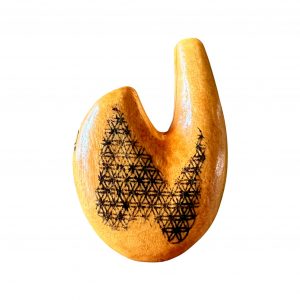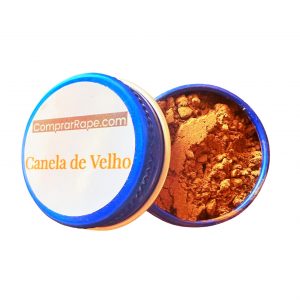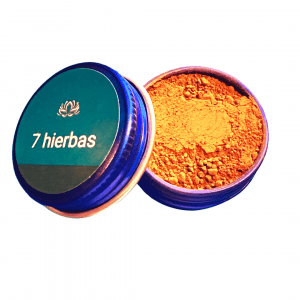EB Arte Xamânica is a studio that produces a collection of sacred instruments and elements, mostly around tobacco medicine, produced by its master craftsman, Eduardo Benko. We value high quality finishes, originality and total functionality for consecration.
In the artist’s own words: “My respect for tobacco medicine is enormous and goes back years of my life. Since I was introduced to it, at least ten years ago, when I still lived in São Paulo, I always sought to create my own application tools. The technique of the instruments evolved, initially using bamboo as raw material. The objective was always to obtain the best breath, so that the tobacco flowed perfectly. From the first examples of bamboo and durepox, with the simple “v” shape, I improved them to more elaborate and robust models, leaving aside the visual aggressiveness of durepox so that the result was as natural and organic as possible. At first I produced my kuripes and tepis only for personal use or to give to a friend, at most I would sell one or the other to someone who insisted a lot. But when the pandemic arrived and turned society upside down, I saw and felt how much The world needed to heal and reconnect with nature. And with that, feeling my duty to help and be a small channel of healing to reach people, the EB Arte Shamanic studio was born.”
And so, inserted in the middle of the Atlantic Forest in Paraty, with immense gratitude to the father of tobacco and infinite respect for the indigenous peoples, the EB Arte Xamânica studio intends to bring the power of the jungle to all of Brazil – and the world – that they seek, because “The cure is in reconnecting with nature.”
Eduardo Benko, artistic soul of the studio, has dedicated much of his life to working with various noble materials, and in the last decade he specialized in the manufacture of instruments for the application of shamanic medicines, especially snuff. Respecting ancient indigenous tradition, but using modern tools and techniques, he has always sought to create a perfect wind instrument. And this was only possible thanks to the artist’s deep knowledge of tobacco medicine and the physical principles that must be taken into account in its application.
-
- Out of StockRead more
-







